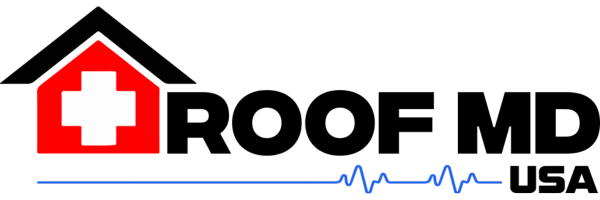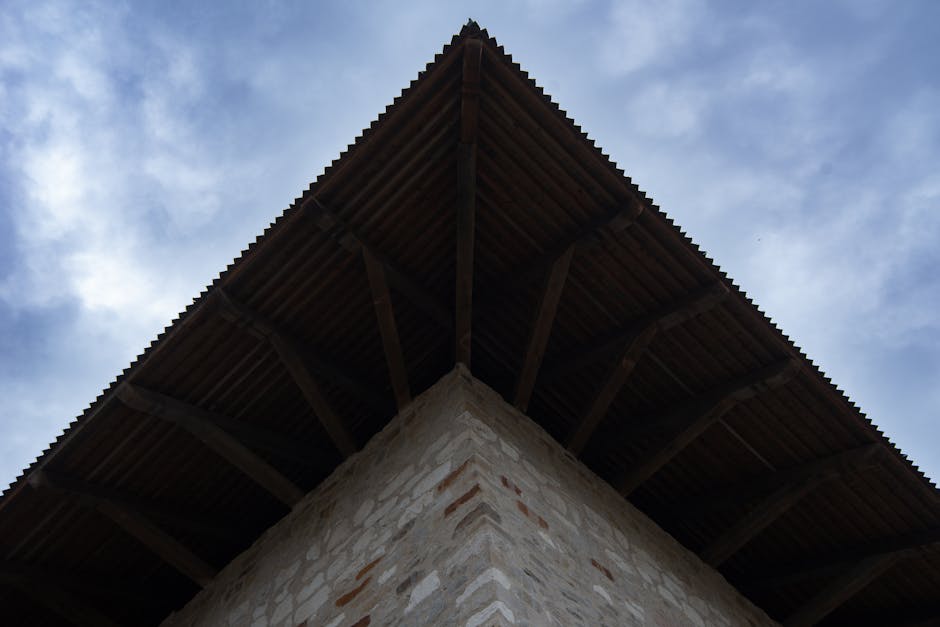Roof inspections are often overlooked by homeowners until it’s too late. Understanding the significance and the ins and outs of this process is crucial for maintaining a safe and sturdy home. This guide is here to demystify roof inspections for you, breaking it down into simple, digestible information.
The Importance of Regular Roof Inspections
Many homeowners may not realize the critical role a roof plays in the overall health and safety of their home until an obvious problem arises. Regular roof inspections can prevent small issues from becoming big, costly repairs. Imagine them as routine health check-ups for your home that can catch potential problems early, extend the lifespan of your roof, and ultimately save you money.
Think about the last time you truly looked at your roof. It’s something most of us take for granted, yet it shields us from rain, snow, wind, and extreme sun. Over time, these elements can wear down roofing materials, leading to leaks, mold, and weakened structural integrity. Regular inspections allow you to identify these threats early on, keeping your home safe and sound.
When to Schedule a Roof Inspection
Deciding when to schedule a roof inspection can seem puzzling, but it doesn’t have to be. A general rule of thumb is to have your roof inspected at least once a year. Preferably, this inspection should be conducted in the fall to ensure that your roof is in prime condition to withstand winter weather. Additionally, inspections should be considered after any severe weather event, such as a heavy storm or hurricane, that could have potentially damaged your roof.
Moreover, there are situational cues that call for an immediate inspection. If you notice missing shingles, visible leaks inside your home, or any signs of sagging or structural damage, it’s time to call in a professional. These are indications that your roof may have underlying issues that need prompt attention.
What Inspectors Look For During a Roof Inspection
During a roof inspection, professionals look for a variety of issues that could compromise the integrity of your roof and, subsequently, your home. They check for signs of wear and tear, water damage, and structural issues. Inspectors are especially keen on spotting any missing, damaged, or loose shingles, as these are often the first indicators of a roof’s decline.
Inspectors also pay close attention to the roof’s drainage system, ensuring that gutters and downspouts are securely attached and clear of debris. Poor drainage can lead to water accumulation, which over time, could cause serious damage to your roof structure. Additionally, a thorough inspection includes examining the roof flashing, which is critical in preventing water from seeping into the home through the roof joints.
DIY Roof Inspection: What Homeowners Can Do
While professional inspections are vital, homeowners can conduct their own basic roof inspections to keep an eye on their home’s condition between professional visits. This does not replace the need for a professional, but it can help you catch issues early. Start by examining your roof from the ground with binoculars, looking for missing shingles, signs of wear, or any debris that may have accumulated in your gutters.
If you’re comfortable using a ladder, you can check your gutters and downspouts for blockages or damage. However, it’s important to prioritize safety and avoid walking on the roof. Not only can this be dangerous, but you can also unintentionally cause damage. For a more thorough inspection, it’s best to rely on professionals who have the skills and equipment to safely assess your roof.
Understanding the Results: What Comes After the Inspection
After a professional roof inspection, you’ll receive a detailed report covering the condition of your roof. This report will outline any issues found and recommend immediate and preventive measures to address them. Understanding this report is crucial, as it helps you make informed decisions about repairs, maintenance, or even a replacement if necessary.
If repairs are recommended, it’s important to prioritize them based on urgency. Some issues may be minor and can wait, while others might need immediate attention to prevent further damage. Your roof inspector can help guide you on which repairs should be tackled first, ensuring your home remains safe and protected.
Choosing a Professional Roof Inspector
Selecting the right professional for your roof inspection is just as important as the inspection itself. Look for licensed and insured inspectors with a good reputation in your community. Recommendations from friends or family can be invaluable. It’s also wise to check online reviews and ask for references to ensure you’re hiring a trusted professional.
Once you’ve found a few potential inspectors, don’t hesitate to ask questions about their process, experience, and what their inspection covers. Transparency is key, and a reputable inspector will be happy to discuss their methods and what you can expect from their service, helping you feel more confident in your choice.
Taking Care of Your Roof
Stepping into the world of home maintenance, especially roof inspection, doesn’t have to be daunting. With the knowledge you’ve gained today, you’re well-equipped to make informed decisions about your home’s roofing needs. Whether you decide to inspect the roof yourself or call in the experts, remember the key points from our discussion. Your roof is your home’s first line of defense against the elements, so taking good care of it ensures your home remains safe and secure for years to come.



